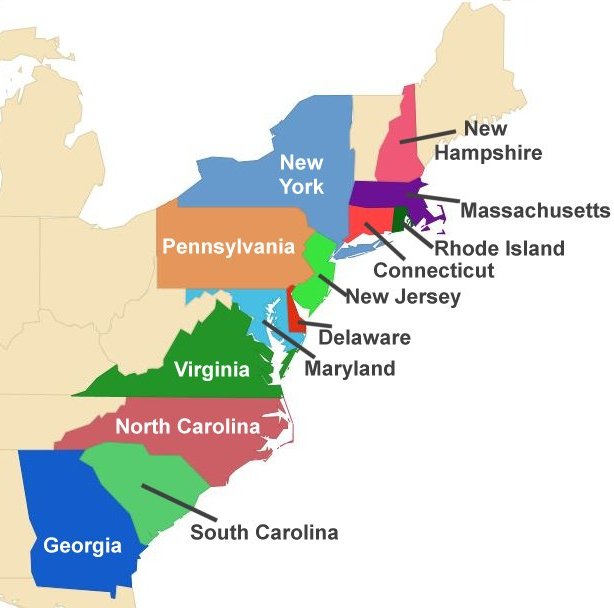Day 16
Learning Targets: Students will be able to...
- Describe the different structures, powers, and functions of each house of Congress.
- Explain how congressional behavior is influenced by election processes, partisanship, and divided government.
_________________________________________________________________________________________________
All Class: Legislative Simulation
Here are your tasks for today:
- Introduce legislation
- Work in committees
- Debate and Vote
- Conference
Remember the rules:
- No electronic devices may be used during the simulation.
- You MUST follow the process of how a bill becomes a law, or face a restart.
- ALL bills, regardless of outcome should be turned in by the end of the session.
Close - Bill turn in
_________________________________________________________________________________________________
All Class: Legislative Simulation
Here are your tasks for today:
- Introduce legislation
- Work in committees
- Debate and Vote
- Conference
Remember the rules:
- No electronic devices may be used during the simulation.
- You MUST follow the process of how a bill becomes a law, or face a restart.
- ALL bills, regardless of outcome should be turned in by the end of the session.
Close - Bill turn in

